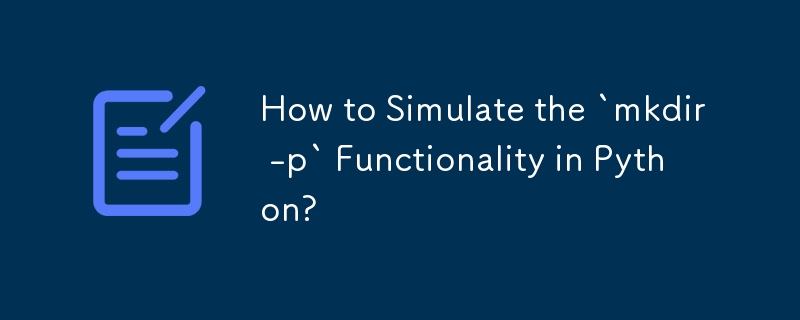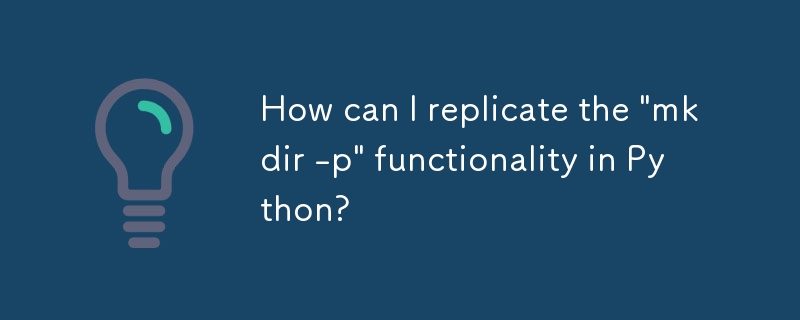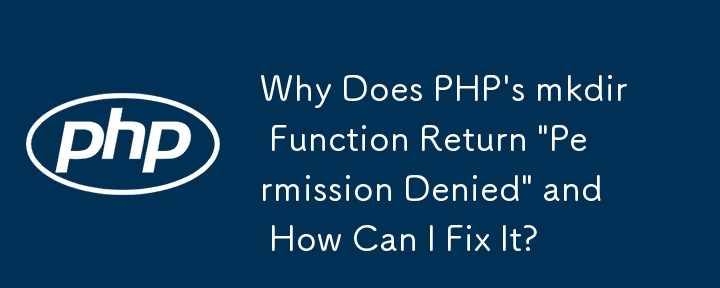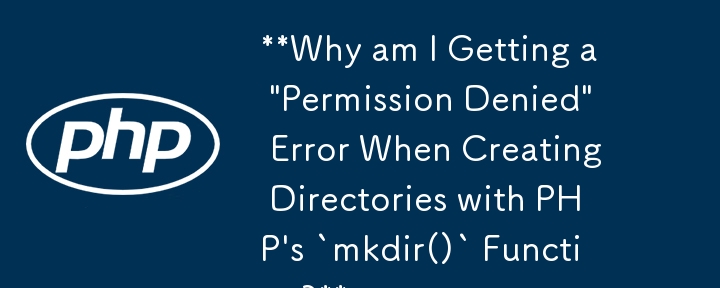
Course Elementary 13365
Course Introduction:Scala Tutorial Scala is a multi-paradigm programming language, designed to integrate various features of object-oriented programming and functional programming.

Course Elementary 81809
Course Introduction:"CSS Online Manual" is the official CSS online reference manual. This CSS online development manual contains various CSS properties, definitions, usage methods, example operations, etc. It is an indispensable online query manual for WEB programming learners and developers! CSS: Cascading Style Sheets (English full name: Cascading Style Sheets) is an application used to express HTML (Standard Universal Markup Language).

Course Elementary 12824
Course Introduction:SVG is a markup language for vector graphics in HTML5. It maintains powerful drawing capabilities and at the same time has a very high-end interface to operate graphics by directly operating Dom nodes. This "SVG Tutorial" is intended to allow students to master the SVG language and some of its corresponding APIs, combined with the knowledge of 2D drawing, so that students can render and control complex graphics on the page.

Course Elementary 24280
Course Introduction:In the "AngularJS Chinese Reference Manual", AngularJS extends HTML with new attributes and expressions. AngularJS can build a single page application (SPAs: Single Page Applications). AngularJS is very easy to learn.

Course Elementary 27068
Course Introduction:Go is a new language, a concurrent, garbage-collected, fast-compiled language. It can compile a large Go program in a few seconds on a single computer. Go provides a model for software construction that makes dependency analysis easier and avoids most C-style include files and library headers. Go is a statically typed language, and its type system has no hierarchy. Therefore users do not need to spend time defining relationships between types, which feels more lightweight than typical object-oriented languages. Go is a completely garbage-collected language and provides basic support for concurrent execution and communication. By its design, Go is intended to provide a method for constructing system software on multi-core machines.
Why does mkdir report such an error? Fatal error: Call to undefined function mkdir()
Why does mkdir report such an error? Fatal error: Call to undefined function mkdir()
2018-03-07 15:03:42 0 3 1525
Cron execution for PHP - mkdir() fails but manual execution succeeds
2024-03-30 20:34:15 0 1 636
When creating a React app, I get an EPERM: Operation not allowed, mkdir 'my-app' error
2023-09-08 11:07:01 0 1 850
dockerfile - Docker doesn't show port mapping?
2017-06-06 09:52:29 0 1 1005
Laravel Modal does not return data
2024-03-29 10:31:31 0 1 444

Course Introduction:Python mkdir -p EquivalentFor simulating the mkdir -p functionality of the shell from within Python, there are several approaches available.Python...
2024-10-28 comment 0 596

Course Introduction:Replicating the mkdir -p Functionality within PythonThe mkdir -p command on Unix-like systems seamlessly creates a directory and its parent paths...
2024-10-29 comment 0 771

Course Introduction:Resolving the "Permission Denied" Error in PHP mkdir FunctionPHP's mkdir function is used to create a directory. However, users may encounter a...
2024-10-25 comment 0 849

Course Introduction:Permission Denied When Using PHP mkdir FunctionWhen using PHP's mkdir function to create a directory, you may encounter a "Permission denied"...
2024-10-25 comment 0 812

Course Introduction:Permission Denied Error while Creating Directory with PHP mkdir FunctionWhen creating a directory using PHP's mkdir function, you may encounter...
2024-10-25 comment 0 1193